By Donna Bulatowicz, Montana State University Billings, MT, and Desiree W. Cueto, Western Washington University, WA with with Megan Robinson
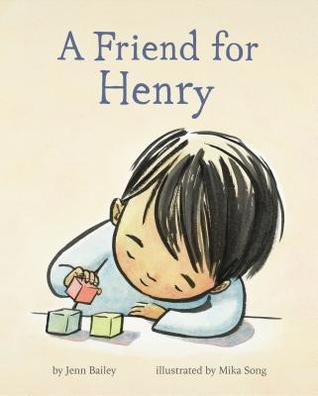 In 1965, Nancy Larrick wrote “The All-White World of Children’s Books,” which called publishers to task for limited, almost non-existent representations of diverse characters. Fast-forward nearly 50 years and the same sentiment is conveyed through the hashtag, turned movement, turned non-profit, We Need Diverse Books. According to its website, We Need Diverse Books serves as a grassroots organization of children’s book lovers who advocate for essential changes in the publishing industry to produce and promote literature that reflects and honors the lives of all young people. The ongoing work of readers, reviewers, authors and publishing houses connected to the movement has changed the industry in significant ways. However, there is still a long way to go before inclusivity is the industry standard. This WOW Currents post highlights newer titles that move the work forward by reflecting the lives of marginalized groups with depth and complexity. We also consider how some representations in children’s books have remained stagnant and limited to heroic or stereotypical representations. In each segment, we feature the perspectives of cultural insiders: Megan Robinson, Alicen Anijo, Gavin McCormick and Ana Casillas-Sanchez, who enrolled in Desiree Cueto’s Culturally Relevant Materials for Diverse Learners course at Western Washington University. Drawing on their inquiries, we examine representations of Autism Spectrum Disorder, LGBTQAI+, Islam/Muslim Religion and Depression. Continue reading
In 1965, Nancy Larrick wrote “The All-White World of Children’s Books,” which called publishers to task for limited, almost non-existent representations of diverse characters. Fast-forward nearly 50 years and the same sentiment is conveyed through the hashtag, turned movement, turned non-profit, We Need Diverse Books. According to its website, We Need Diverse Books serves as a grassroots organization of children’s book lovers who advocate for essential changes in the publishing industry to produce and promote literature that reflects and honors the lives of all young people. The ongoing work of readers, reviewers, authors and publishing houses connected to the movement has changed the industry in significant ways. However, there is still a long way to go before inclusivity is the industry standard. This WOW Currents post highlights newer titles that move the work forward by reflecting the lives of marginalized groups with depth and complexity. We also consider how some representations in children’s books have remained stagnant and limited to heroic or stereotypical representations. In each segment, we feature the perspectives of cultural insiders: Megan Robinson, Alicen Anijo, Gavin McCormick and Ana Casillas-Sanchez, who enrolled in Desiree Cueto’s Culturally Relevant Materials for Diverse Learners course at Western Washington University. Drawing on their inquiries, we examine representations of Autism Spectrum Disorder, LGBTQAI+, Islam/Muslim Religion and Depression. Continue reading



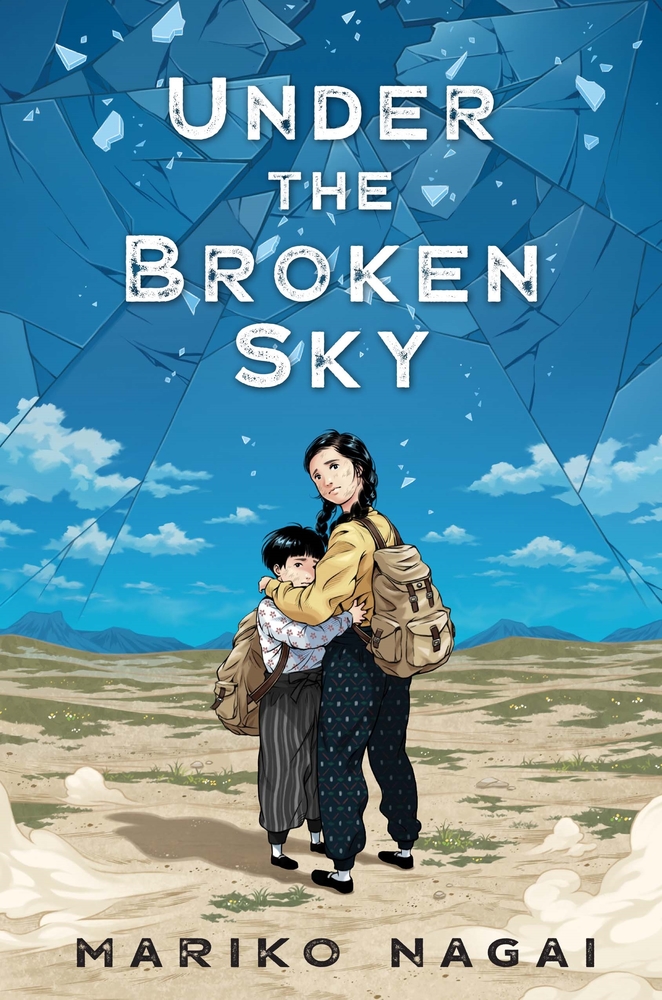
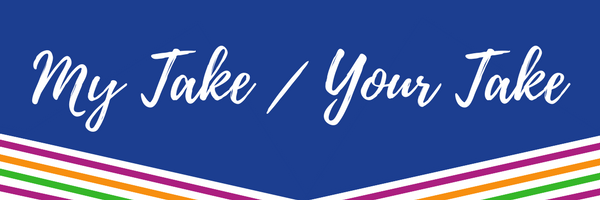
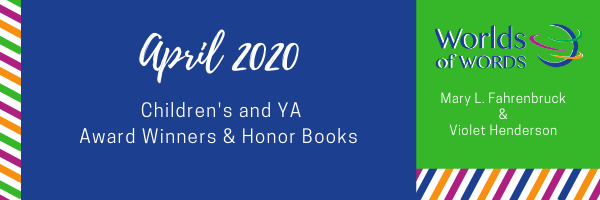
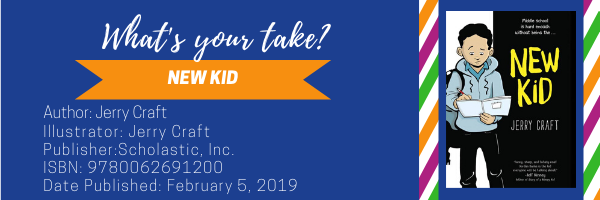
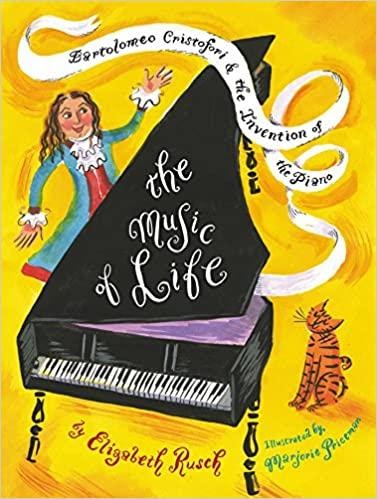
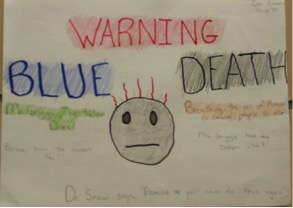 Many readers are looking for virtual escape as movement is restricted due to the spread of COVID-19. Schools nation-wide are closed, but they will soon open either on line or face-to-face and teachers will be keen to help young people make sense of current events. The
Many readers are looking for virtual escape as movement is restricted due to the spread of COVID-19. Schools nation-wide are closed, but they will soon open either on line or face-to-face and teachers will be keen to help young people make sense of current events. The 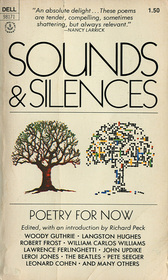
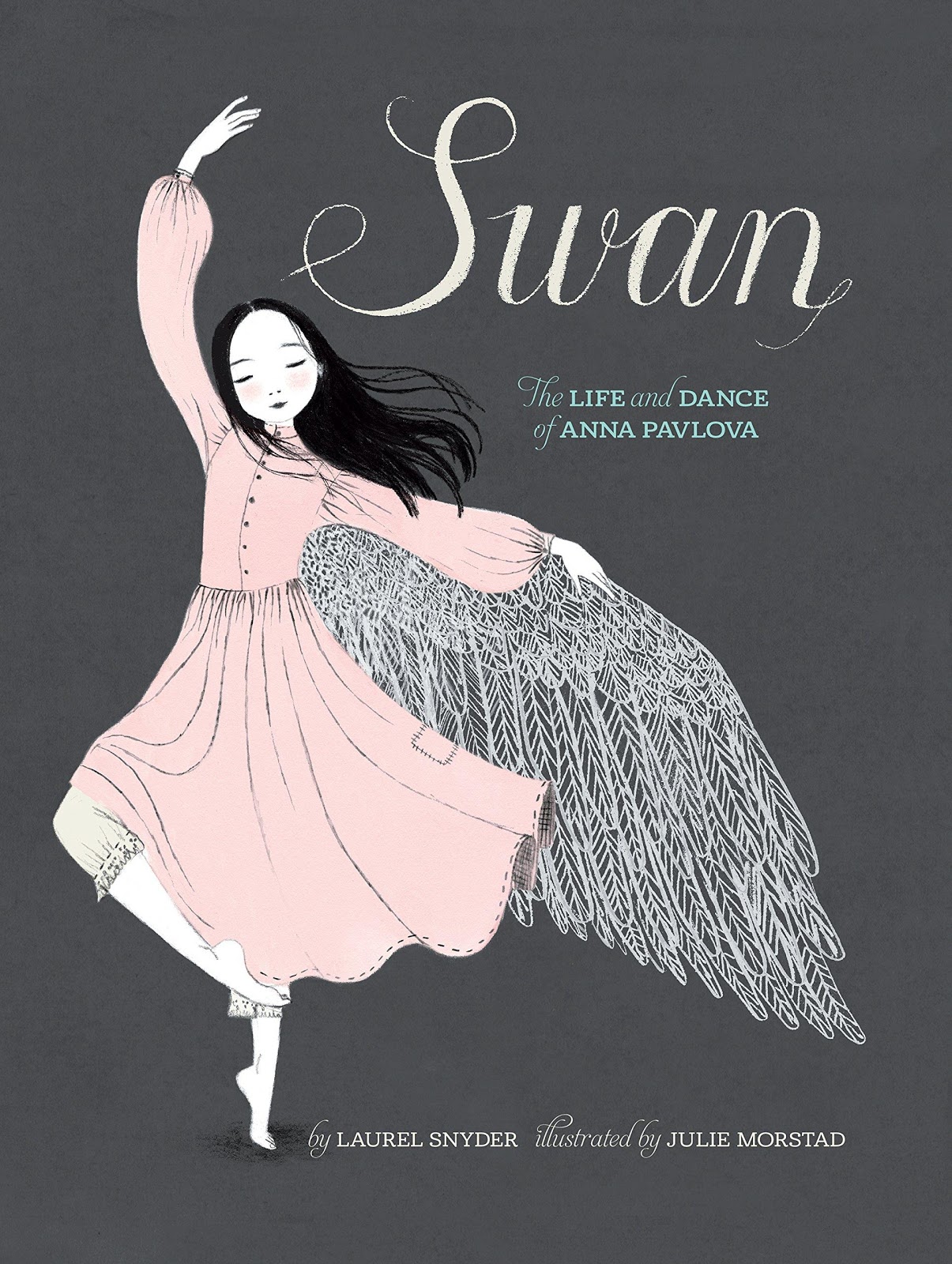
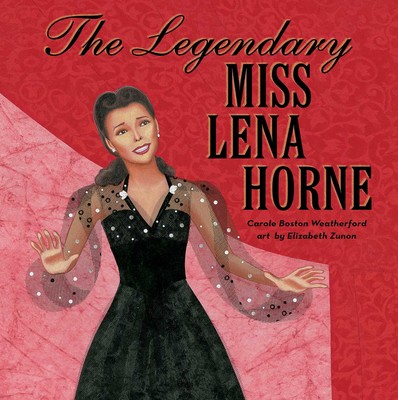
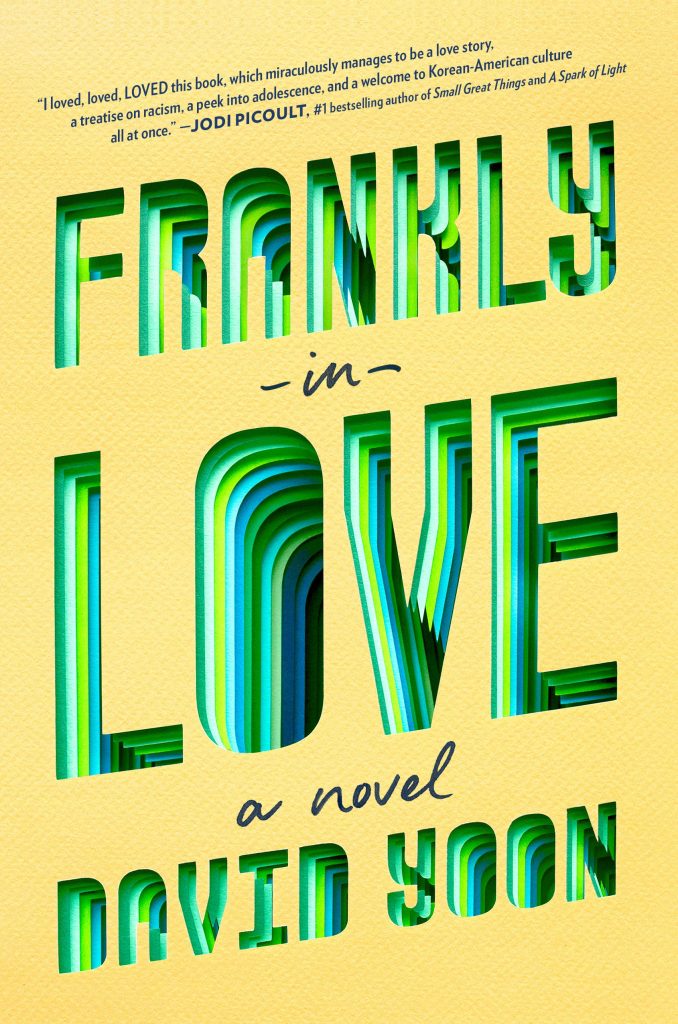 Frank Li is, in many ways, like any boy at his high school. He has a best friend and a great desire to have a girlfriend. His best friend is Black, which produces discomfort with his traditional Korean parents, and Frank’s new girlfriend is also non-Korean. Frank, fearful of becoming a pariah like his older sister, hides his relationship from his parents, but soon hatches a plan to work with Joy, one of the “Limbos” who also has traditional Korean parents and a boyfriend who is non-Korean. Joy and Frank “date” one another, which frees them to meet with their respective love interests. This arrangement has its drawbacks. As Frank negotiates his identity as both Korean and American, and all the issues that come with being a savvy teen living in a home that falls back on old prejudices and biases of race and ethnicity, Frank’s story is imbued with humor, profound insights and adolescent sensibility that produces an enjoyable and realistic experience that both delights and challenges readers. -Recommended by Holly Johnson, University of Cincinnati
Frank Li is, in many ways, like any boy at his high school. He has a best friend and a great desire to have a girlfriend. His best friend is Black, which produces discomfort with his traditional Korean parents, and Frank’s new girlfriend is also non-Korean. Frank, fearful of becoming a pariah like his older sister, hides his relationship from his parents, but soon hatches a plan to work with Joy, one of the “Limbos” who also has traditional Korean parents and a boyfriend who is non-Korean. Joy and Frank “date” one another, which frees them to meet with their respective love interests. This arrangement has its drawbacks. As Frank negotiates his identity as both Korean and American, and all the issues that come with being a savvy teen living in a home that falls back on old prejudices and biases of race and ethnicity, Frank’s story is imbued with humor, profound insights and adolescent sensibility that produces an enjoyable and realistic experience that both delights and challenges readers. -Recommended by Holly Johnson, University of Cincinnati 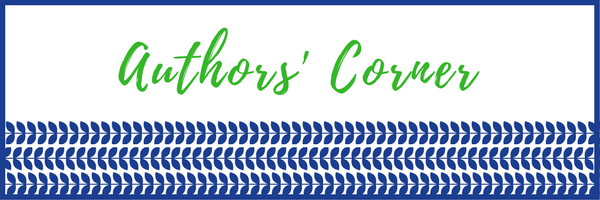
 In recent months,
In recent months,